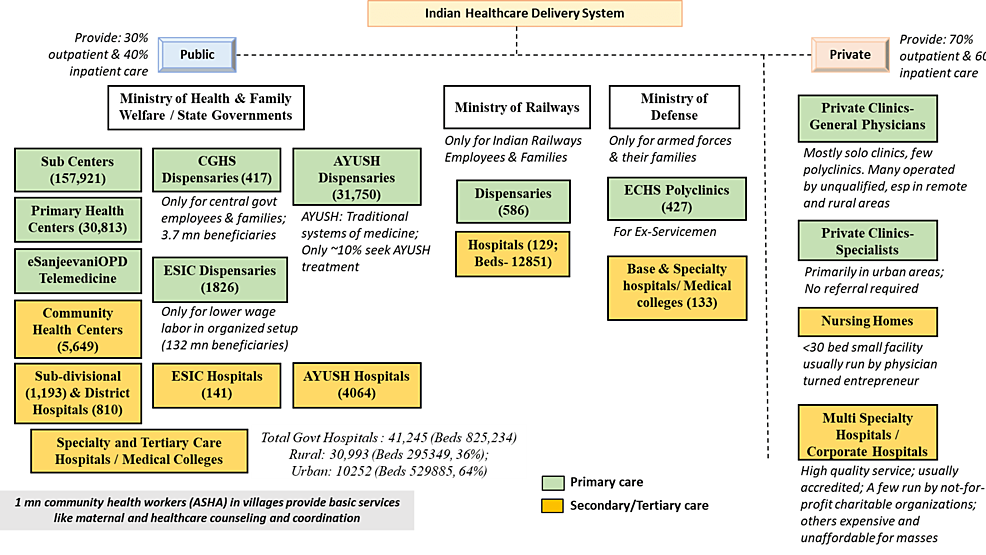Challenges for Lower-Middle-Income Countries in Achieving Universal… Leave a comment

Universal health coverage (UHC) by 2030 is a commitment of the global community adopted as Sustainable Development Goal 3.8. UHC, as defined by WHO, means all people have access to quality health services, when and where they need them, and without financial hardship. However, low-income and lower-middle-income countries, faced with competing priorities, find themselves struggling to muster enough resources to steer towards this goal at the desired pace. India is the largest lower-middle-income country, accounting for almost 18% of the world’s population. How it performs in moving towards this goal will have a significant impact on achieving UHC at a global level. India has witnessed noteworthy improvement in several health indicators and the UHC service coverage index in recent decades, but the progress on improving service capacity and access has been rather slow given the enormity of its population, scarcity of funds, grossly inadequate public infrastructure, shortage of trained workforce, disparate needs of various regions of the country, lack of healthcare system integration, changing disease demography, and slack regulatory framework. The recent push through National Health Mission aims to address some of these challenges; however, a fragmented health delivery structure ossified over decades has been slow to keep up with the requirements of the country's massive and diverse population. This paper discusses the inherent characteristics and key challenges faced by the healthcare delivery system of India in achieving UHC.
Source


